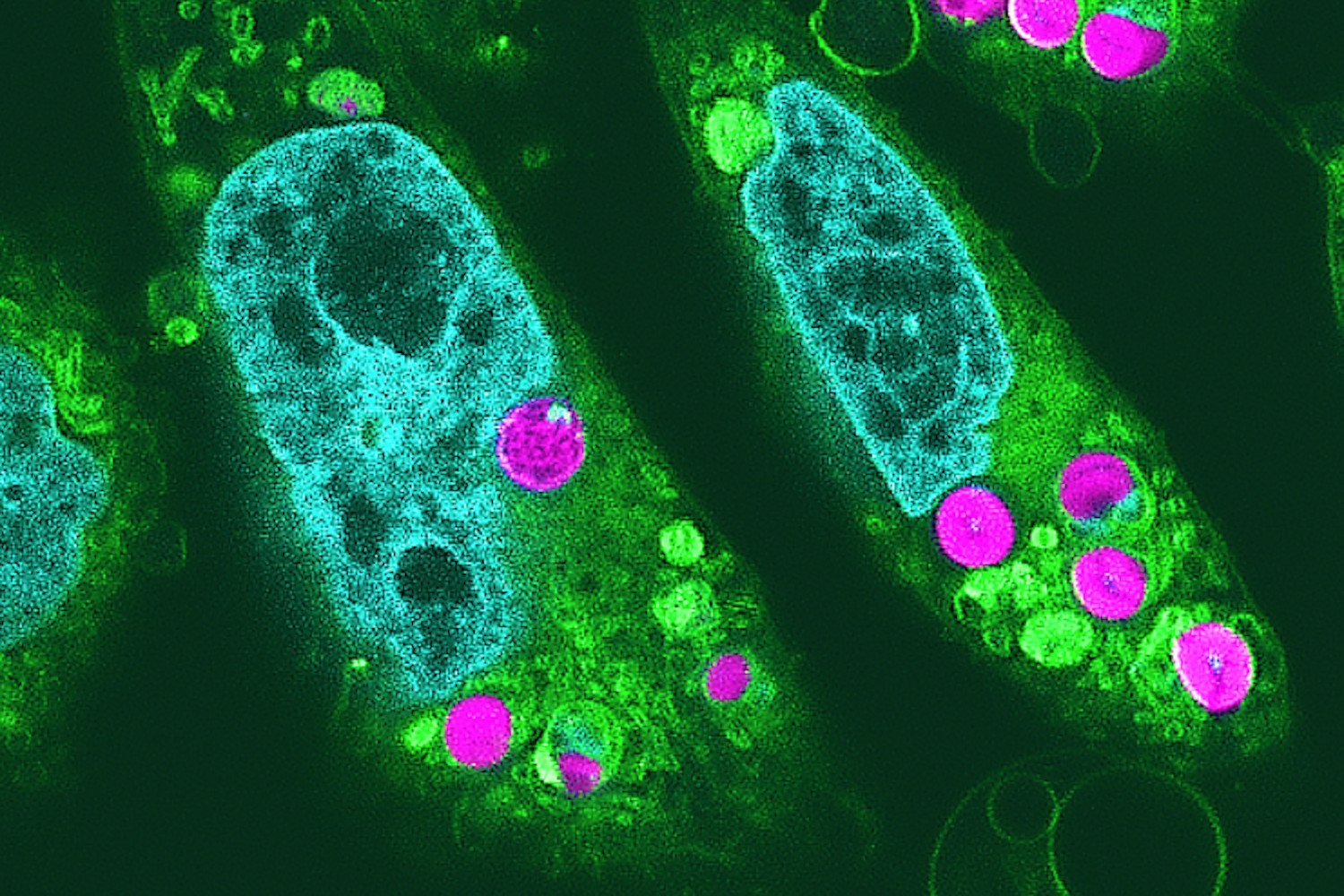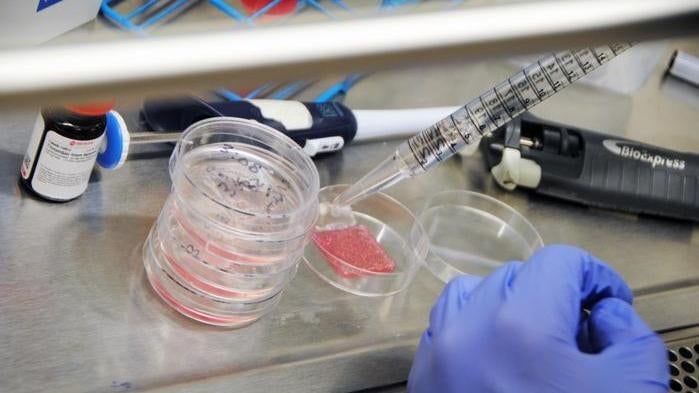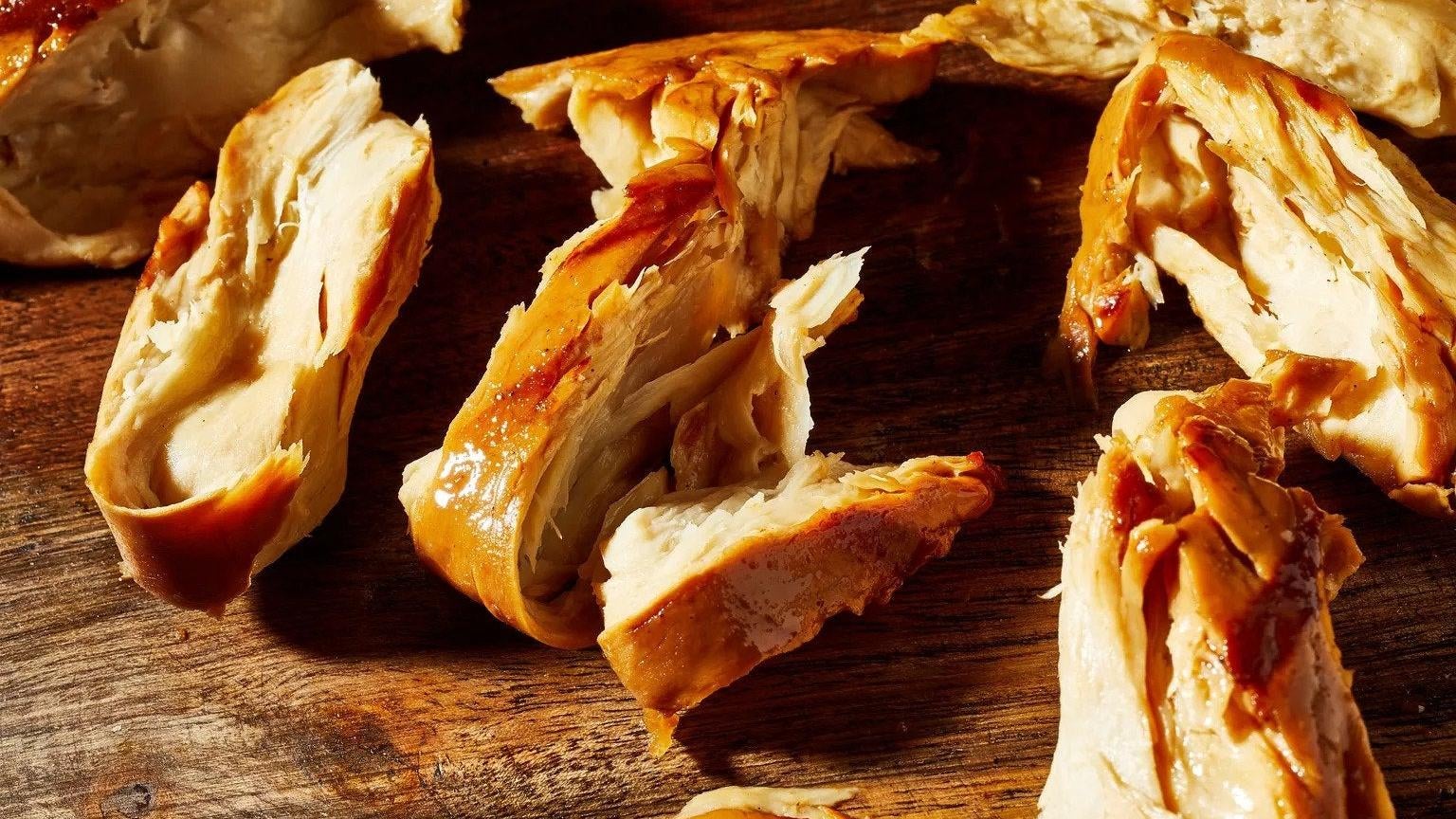-
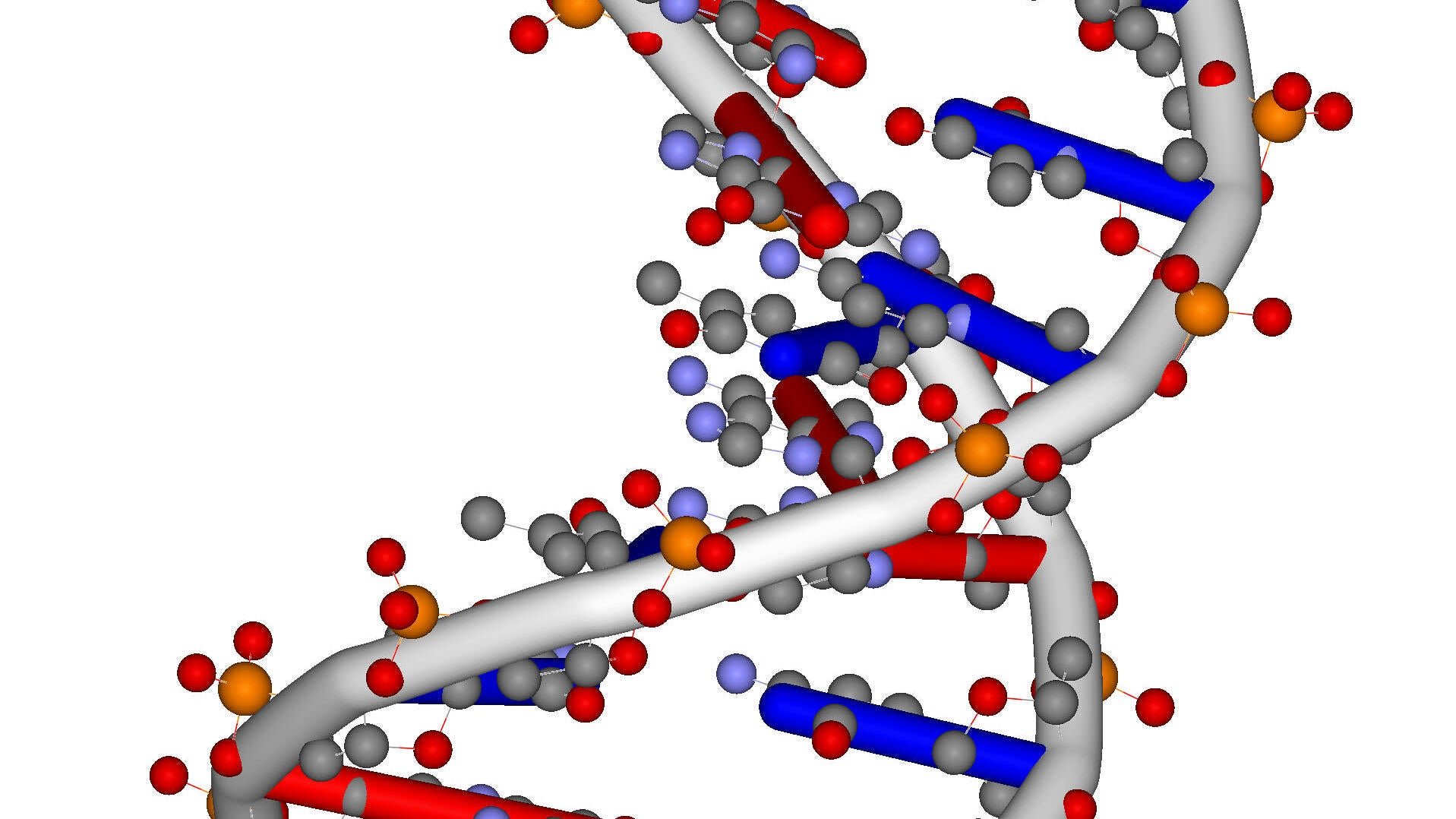 Tech NewsComputers
Tech NewsComputersUsing a DNA-Based ‘Computer,’ Scientists Get the Square Root of 900
Using a computer-like system made from engineered DNA, scientists have computed the square root of 900. Biologists have proposed using genetic material for performing computations since as early as 1994. Since then, they’ve found ways to store bits of information in DNA and manipulate those bits via the same rules of logic that computers use. … Continued
-
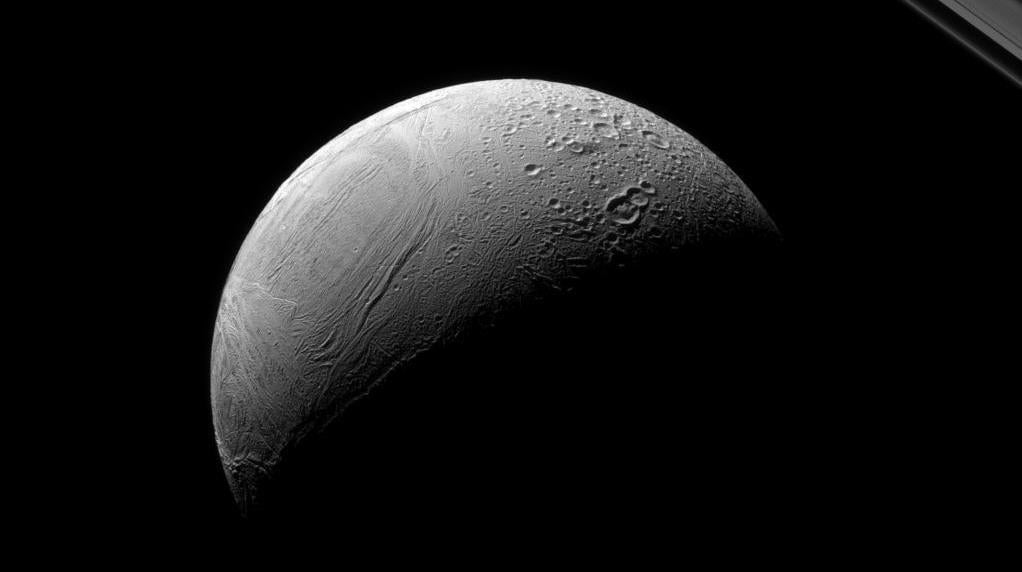 ScienceBiology
ScienceBiologyDNA Could Be One of a Million Possible Genetic Molecules
There could be a million different structures with the ability to store genetic information, according to a recent paper. DNA stores the genetic information that describes all of Earth’s life, in the form of a twisted scaffold lined with a sequence composed of four data-encoding molecules. But is DNA the best way to store biological … Continued
-
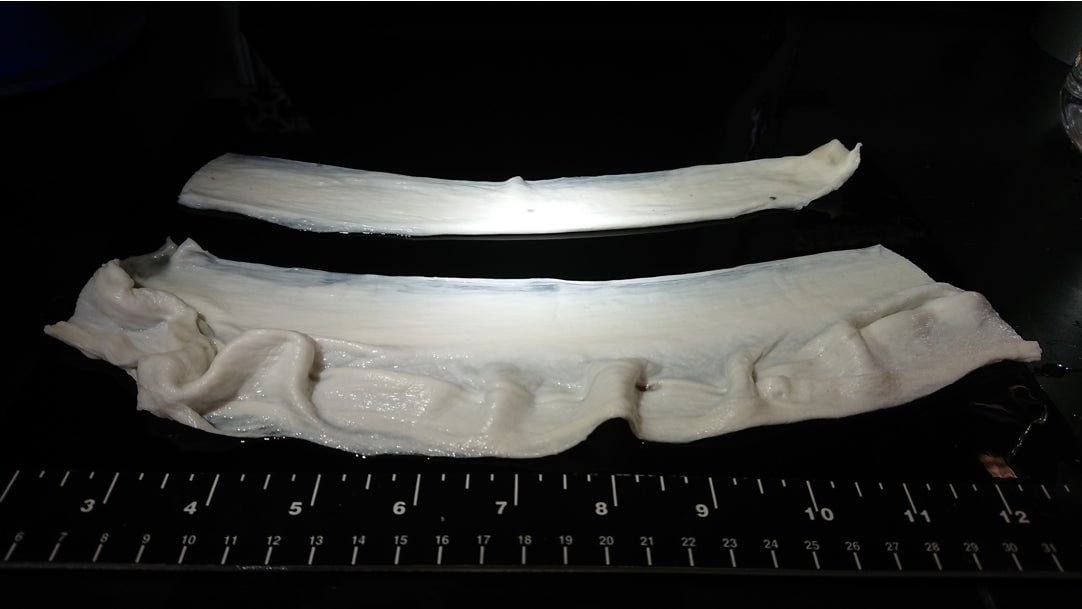 Tech News
Tech NewsCould Protein Spun Like Cotton Candy Make Lab-Grown Steak Possible?
Synthetic meat products might come even closer to the texture of slaughtered meats with the help of what are essentially modified cotton candy machines. Scientists at universities and private companies are attempting to recreate the flavor and texture of animal-based meats using similar techniques to those used in biomedical labs. But plant-based meat analogs on … Continued
-
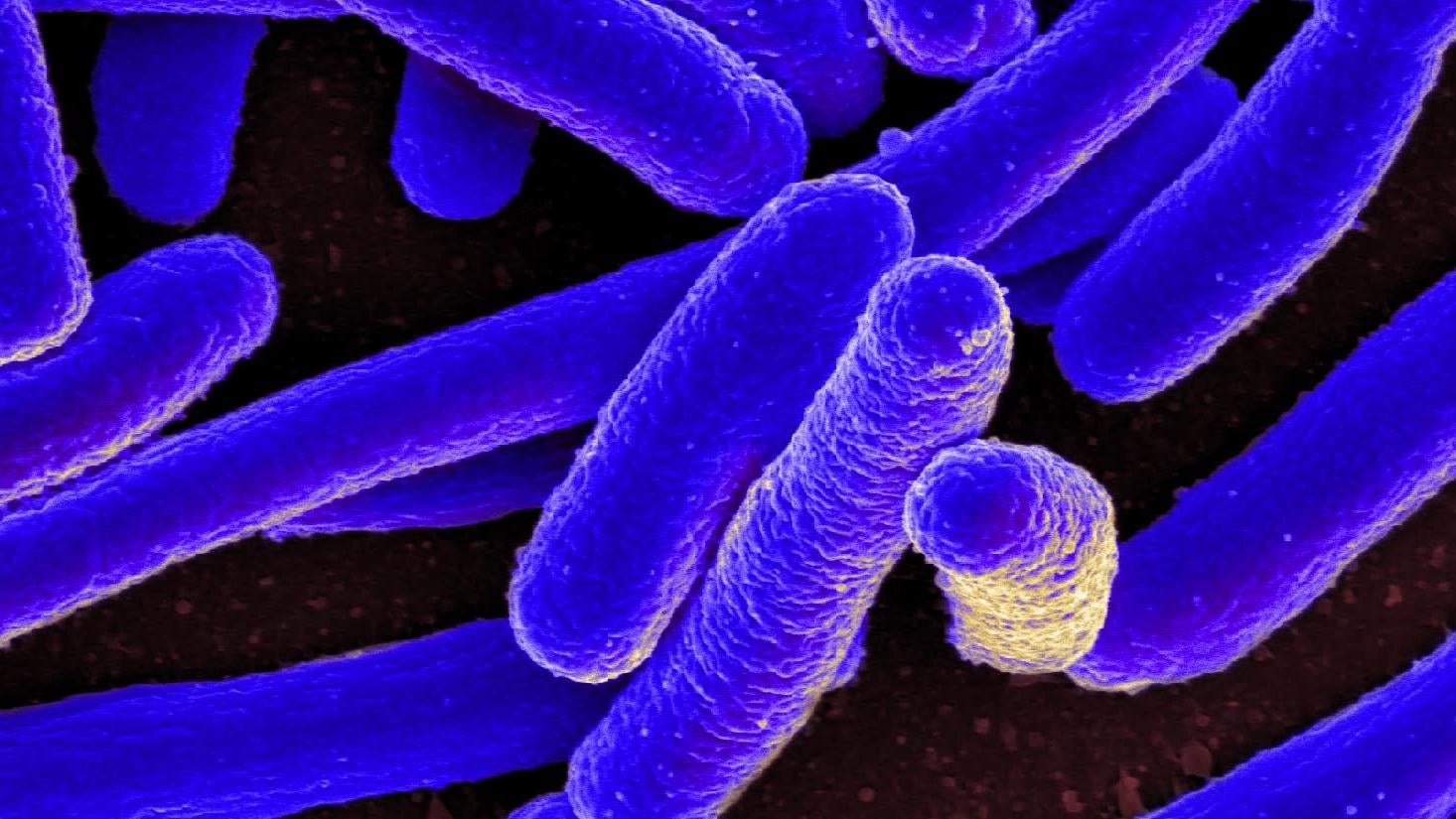 ScienceBiology
ScienceBiologyScientists Create E. Coli With Entirely Synthetic Genome
Scientists created a variant of the E. coli bacteria with an entirely synthetic genome, according to a new paper. Building and replacing the large entire genome yet was just one goal of the team from the Medical Research Council Laboratory of Molecular Biology in Cambridge, UK. They hoped that the resulting bacteria would use a … Continued
-
 Tech News
Tech NewsE. Coli Bacteria Made This Image of the Mona Lisa
Scientists created this picture of the Mona Lisa using genetically modified E. coli bacteria. Such teeny little artists! The Italian researchers weren’t just playing around with bacteria for fun. Rather, they were attempting to unite different attributes so they could control large populations of bacteria—perhaps to one day build microscopic transport devices, or even 3D … Continued
-
 EartherConservation
EartherConservationScience Takes a Baby Step Toward Baby Northern White Rhinos
A team of scientists received a flurry of press attention this week when they announced they’d created rhino embryos in the lab—a step along the path to bringing the northern white rhino back from functional extinction. This is an important achievement, but no one breakthrough will save the northern white rhino despite what some headlines have … Continued
By Maddie Stone -
 Tech News
Tech NewsScientists Added Two New Letters to DNA’s Code
If you’ve taken a science class, you’re likely aware that DNA is the body’s instruction manual. But its language is only written in four letters: A, T, C, and G. Those who paid extra close attention will remember that RNA, the photocopy of the instructions that the cell actually uses, replaces the Ts with the … Continued
-
 ScienceHealth
ScienceHealthIs Breast Milk Good for Grownups?
Today breast milk is recognized as a sort of liquid miracle for babies, but history is full of periods where people swapped in other things in its place. In the 15th century, it was cow and goat milk. In the 18th century, it was cereal or flour mixed with broth. More recently, it was baby … Continued
-
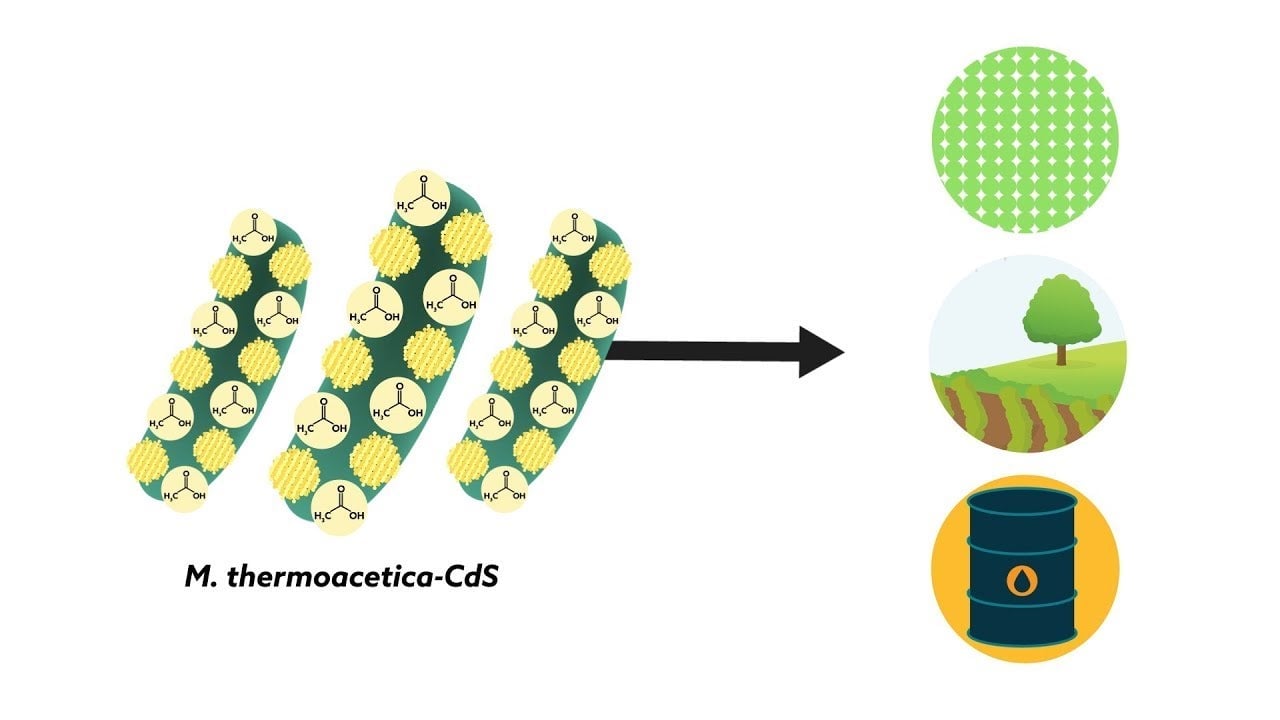 Tech News
Tech NewsCyborg Bacteria Beat Plants at the Photosynthesis Game
Reading science news all day can be real grim. Animals are dying, the climate is changing, the nuke’s a coming, yadda yadda. But sometimes (in fact, often) scientists do something that’s just neat, important, and won’t keep you up at night—that is, if you’re cool with photosynthesizing cyborg bacteria. Photosynthesis is a process by which … Continued
-
 ScienceHealth
ScienceHealthThis Isn’t a Horror Movie: Scientists Are Turning Organs Into Paper Cranes
The new guy at work invites you over to his house. You feel uneasy. Sure, he’s a hard worker, a fast typer, and his intense focus quickly made him an indispensable coworker. But his scarred face seems to betray some violent past. His measured speech seems manufactured. Still, you can’t remember the last new friend … Continued
-
 Tech News
Tech NewsScientists Engineered Bacteria to Make Picture of Super Mario
Bacteria have had some pretty great PR, recently. Thanks to lots of new research about their importance to our bodies, they’re not really seen as soulless microscopic murderers anymore. They’re colorful, misunderstood beings living together outside the spotlight, freeloading in our guts in exchange for favors. In other words, they’re artists. Now they are, at … Continued
-
 Tech News
Tech NewsOur Grandkids May Be Born From 3D-Printed Ovaries
Fertility has become a major target for regenerative medicine. What if, the thinking goes, science and medicine could be used to simply restore fertility to women who for one reason or another no longer have it? In mice, scientists have now done just that. In a new paper out Tuesday in Nature Communications, scientists at … Continued
-
 Tech News
Tech NewsThis Synthetic Bone Implant Could Replace Painful Marrow Transplants
Thanks to advances in medicine, bone marrow transplants are no longer the last resorts they once were. Every year, thousands of marrow transplants are performed, a common treatment for ailments from bone marrow disease to leukemia. But because they first require a patient undergo radiation to kill off any existing bone marrow stem cells, marrow … Continued
-
 Tech News
Tech NewsScientists Just Took a Major Step Toward Creating Synthetic Life
In 2008, researchers built the first artificial genome, a wonder of synthetic biology in which scientists generated all 582,970 base pairs of the bacterium Mycoplasma genitalium’s genome entirely from scratch. It was an unparalleled scientific achievement, requiring scientists to carefully design 101 unique DNA fragments so that their codes would overlap and stick together, then … Continued
-
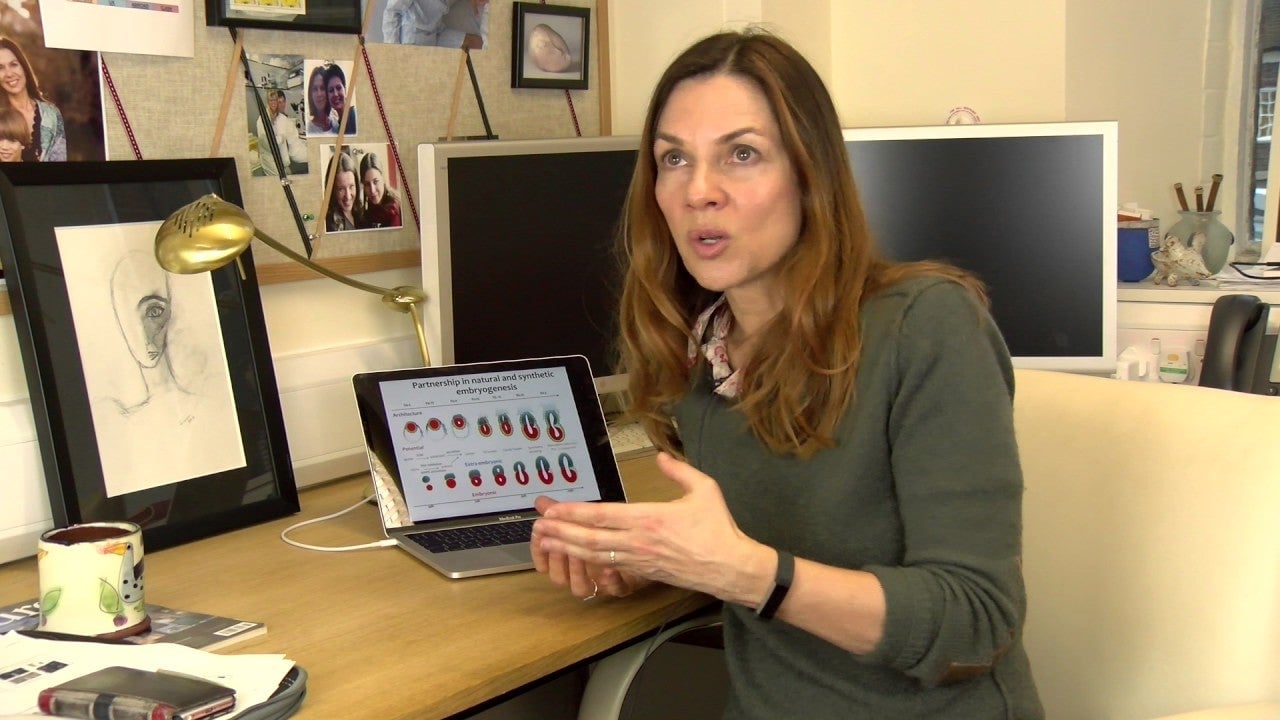 Tech News
Tech NewsScientists Have Created the First Artificial Embryo Without Using an Egg or Sperm
Using stem cells in grown-on 3D scaffolding in a laboratory petri dish, scientists have for the first time created an embryo made entirely from stem cells. The artificial mouse embryo, detailed this month in the journal Science, is a major step toward creating synthetic embryos that closely resemble natural ones. It could shed light on … Continued
